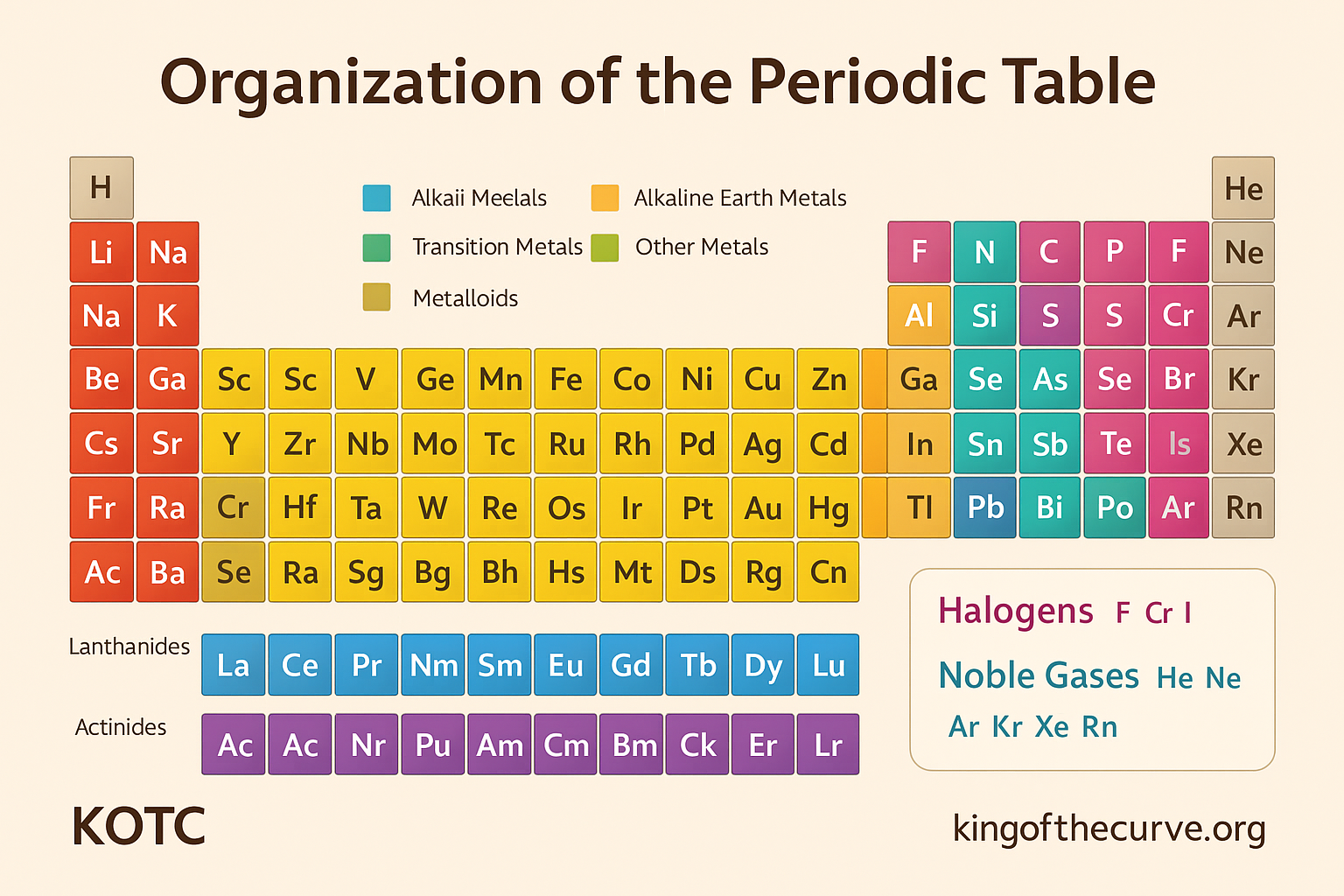
🧭 Locus of Control Theory: Who’s Driving Your Life?
Master the difference between internal and external locus of control for the MCAT. Includes visuals, examples, and test-style breakdowns.

🎯 Intrinsic vs. Extrinsic Motivation: Know the Difference for the MCAT
Learn the difference between intrinsic and extrinsic motivation using this MCAT-ready visual from King of the Curve. Includes examples, mnemonics, and exam tips.

🧠 Functional Fixedness: When Creativity Gets Stuck
Learn what functional fixedness means and how it shows up on the MCAT. Includes visual examples and test tips from King of the Curve.

🍞🍗🧈 Functions of Key Digestive Enzymes: A Visual Breakdown for MCAT & DAT
Learn the key digestive enzymes for carbs, proteins, and fats with this visual blog from King of the Curve. Perfect for MCAT, DAT, and NCLEX prep.

❤️ Cardiac Output: How Your Heart Keeps Up the Flow
Learn what affects cardiac output and how it's regulated with this KOTC visual guide. Ideal for USMLE, NCLEX, and MCAT prep.

🧪 Direct Coombs Test: Detecting Hemolytic Anemia
Learn the Direct Coombs Test with this King of the Curve visual guide. Master the steps, clinical uses, and test interpretation for high-yield exams.

👥 What Are Folkways? Understanding Social Norms for the MCAT
Learn what folkways are and how they show up on the MCAT. Understand this type of social norm with King of the Curve visuals and examples.

⚽ Newton’s First Law of Motion: Explained with a Soccer Ball
Master Newton’s First Law with this soccer-themed KOTC visual guide. Perfect for MCAT physics prep. Learn how motion and force connect in a simple way.

How Cultural and Social Contexts Shape Behavior: A Deep Dive for MCAT Success
Understanding cultural and social contexts is crucial for the MCAT, as it enhances your grasp of human behavior, a core component of the Psychological, Social, and Biological Foundations of Behavior section. This topic isn't just about memorizing definitions—it's about analyzing how norms, values, peer influence, and cultural dynamics influence behavior.
